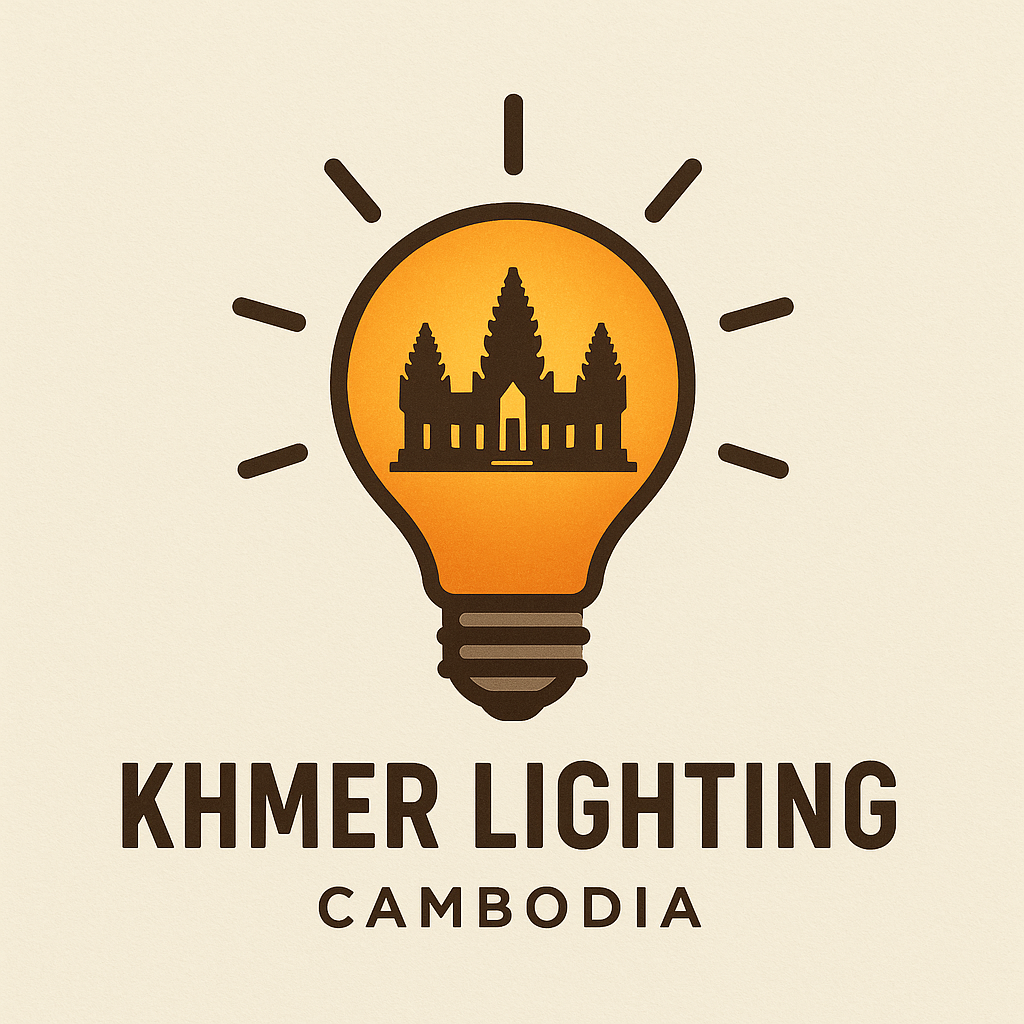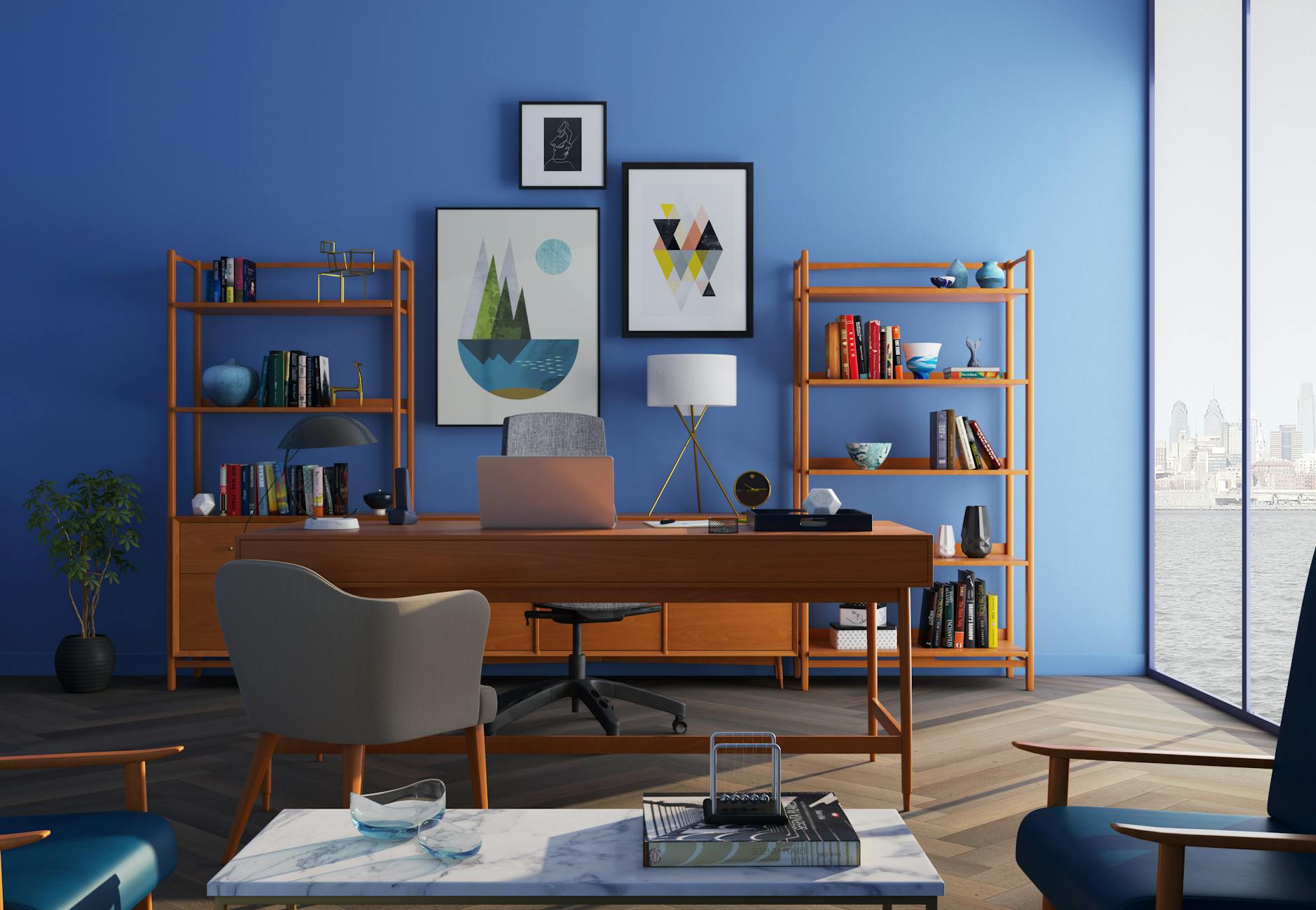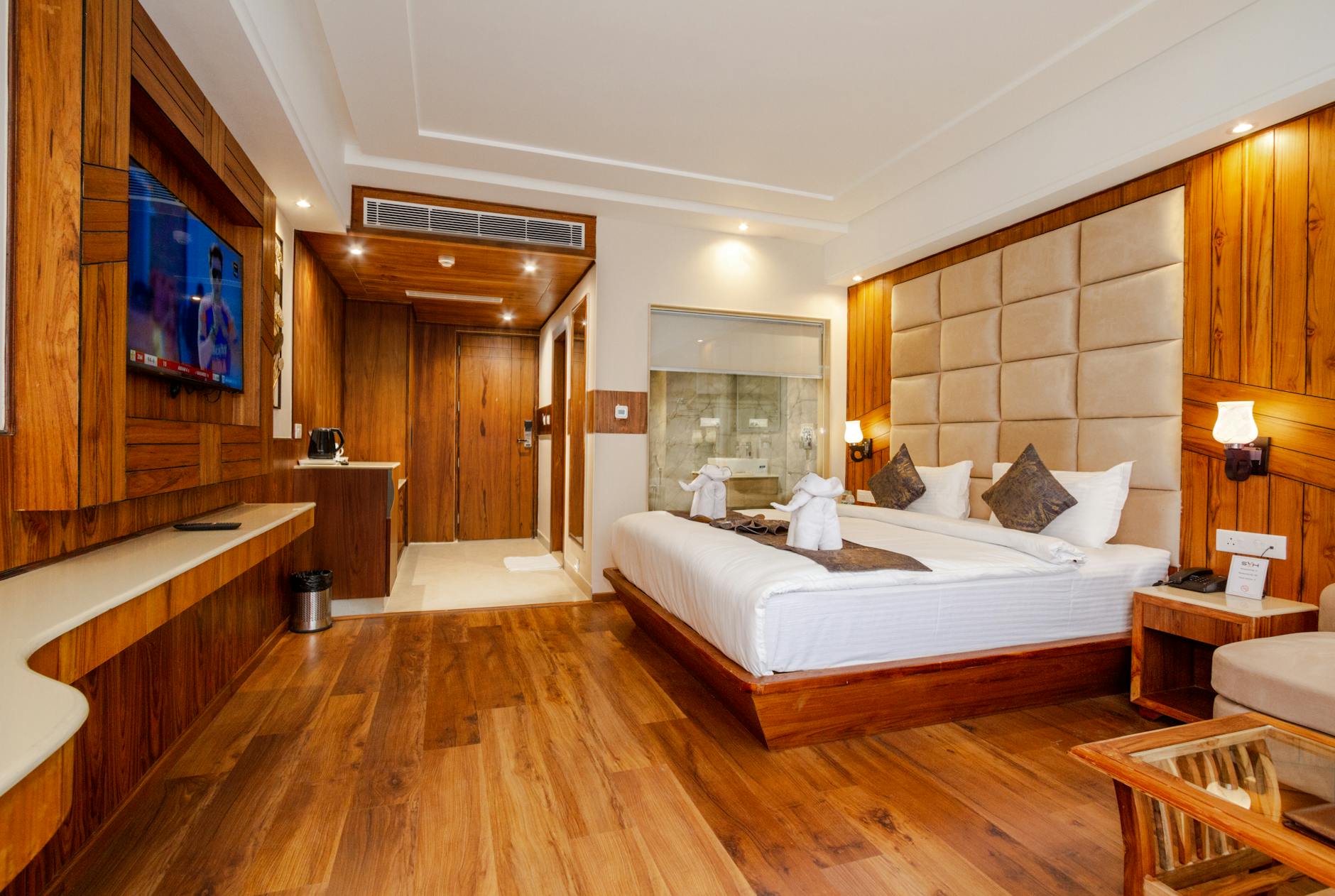When we think about light, our minds often jump to bulbs, lamps, or ceiling fixtures. But light is far more than a mere object hanging from the ceiling or perched on a table. It’s a dynamic element that shapes our environment, influences our mood, and even affects our health. Rethinking light means seeing it not just as a tool for illumination, but as a vital component of design, wellness, and experience.
Light as an Experience
Light has the unique ability to transform a space. Consider how natural light floods a room in the morning, casting soft shadows and creating a sense of warmth and awakening. Artificial light, when thoughtfully designed, can mimic these effects or create entirely new atmospheres. From cozy and intimate to bright and energizing, light sets the tone for how we feel and interact within a space.

The Science of Light and Well-being
Research increasingly shows that light impacts our circadian rhythms—the natural cycles that regulate sleep, alertness, and hormone production. Exposure to the right kind of light at the right time can enhance productivity, improve sleep quality, and boost overall mood. This awareness is shaping new approaches to lighting design, especially in workplaces, schools, and healthcare settings, where health and comfort are paramount.
Beyond Functionality: Light as Art
Light can also be a medium of expression. Artists and designers use light to create immersive installations, highlight architectural features, and tell stories through shadow and color. Technological advances like LED and smart lighting systems offer unprecedented control over brightness, color temperature, and even the direction of light, expanding the creative possibilities.
Sustainability and Innovation
Rethinking light also means embracing sustainability. Modern lighting solutions focus on energy efficiency without compromising aesthetics or function. Innovations such as solar-powered lights, motion sensors, and adaptive lighting systems reduce energy consumption and environmental impact, aligning with broader goals for sustainable living.
Conclusion
Light is far more than just a fixture on the wall or ceiling. It’s a powerful agent that shapes our experiences, supports our health, enriches our environments, and sparks creativity. By rethinking how we use and perceive light, we can create spaces that are not only illuminated but truly alive. Next time you turn on a light, consider the many roles it plays—it’s much more than just a switch.




